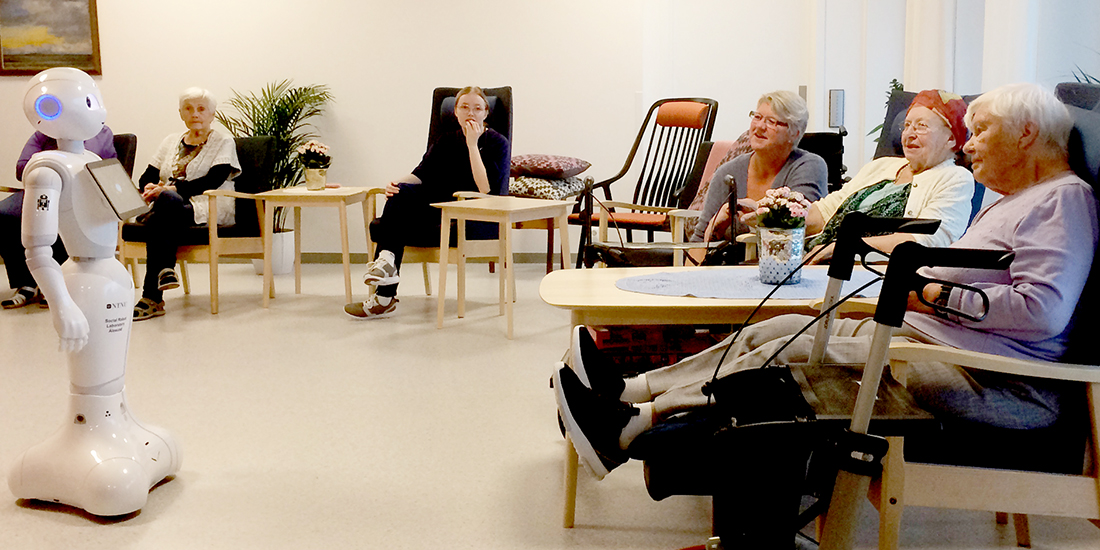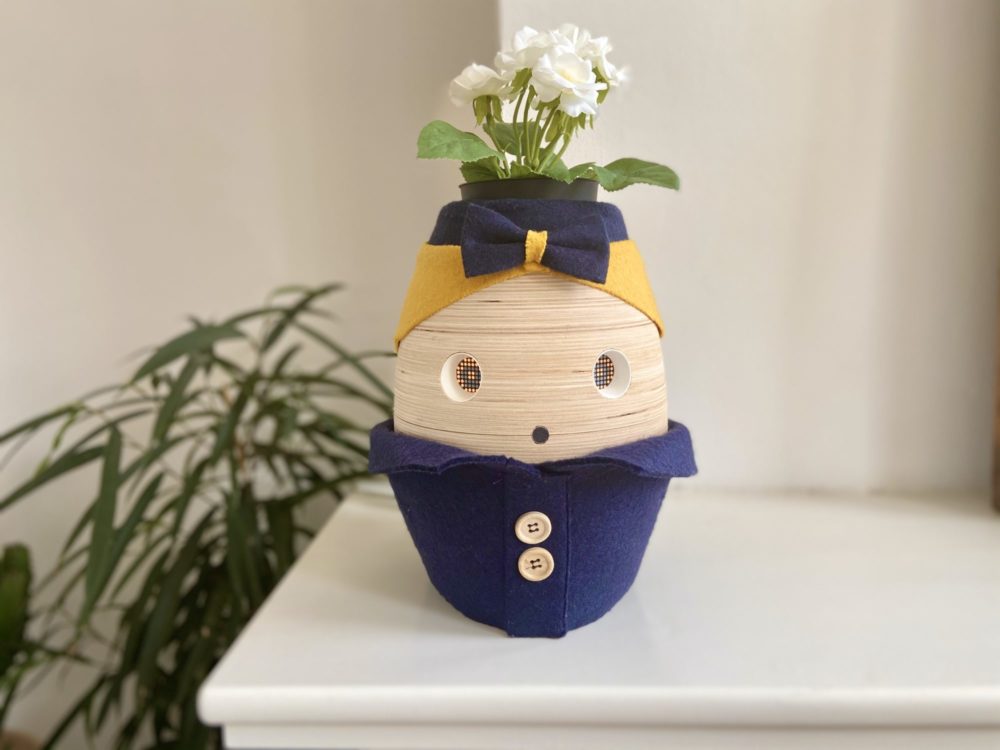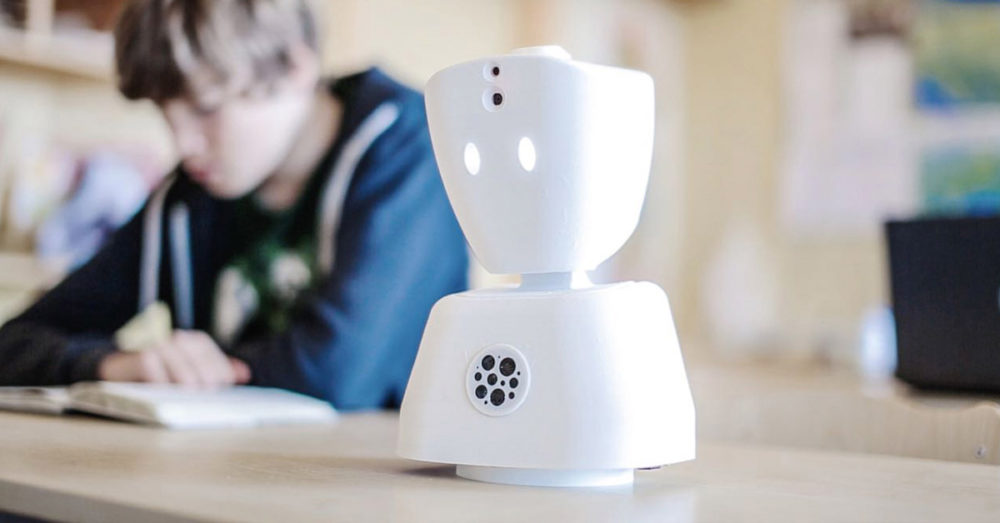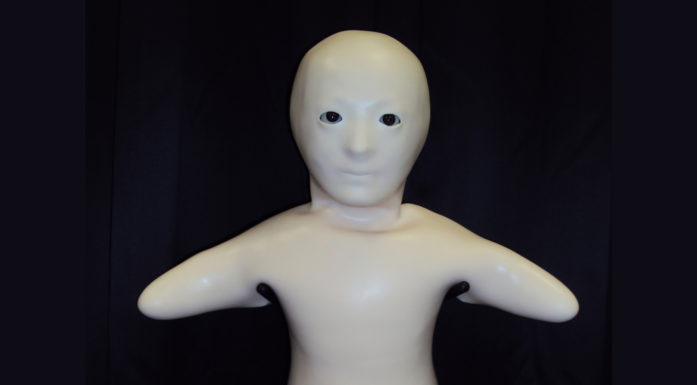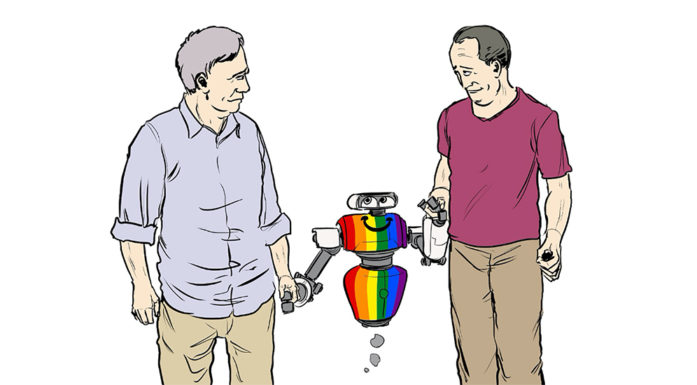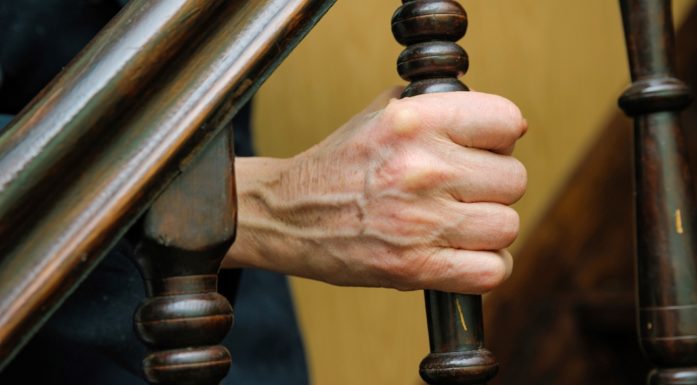Children think robots can help the elderly – but not their own grandparents
A study that asked children to assess three different robots showed that they responded most positively to simple robots shaped like flower pots, and were most sceptical of Pepper the robot, which looks more human.
Researchers studied children’s interactions with robots at the annual Norwegian science fair held in every major city. This national event gives children the chance to peek behind the scenes and learn about science and what researchers do.
NTNU researcher Roger A. Søraa and his team at the Department of Neuromedicine and Movement Science set up three different robots at the event. Søraa studies people’s relationship and interaction with robots. Children from 6-13 participated in the study at the fair.
Several countries – in particular Japan where Søraa has had research stays – are looking at how robots can be helpful in elderly care, including helping patients with dementia with certain tasks and remembering things.
“As the current discourse on social robots relates strongly to elderly care, it’s interesting to learn what young people think about robots taking care of the elderly, especially in the context of their own older family members,” says Søraa.
The researchers recently published the article Children’s Perceptions of Social Robots: a study of the robots Pepper, AV1 and Tessa at Norwegian research fairs in the journal AI & Society.
Three completely different robots
The children at the research fair got to meet three different robots. One was the robot Pepper, which is a human-like figure that is 120 cm tall and that can do a great number of different tasks. It is an advanced social robot designed primarily as a personal assistant.
Pepper can talk and carry on simple conversations, but in Norway it has challenges with the country’s many different dialects, making it harder for Pepper to learn the Norwegian language. But it can move around and dance, and can be trained to perceive when someone falls and sound an alarm, for example. It can be especially useful for elderly people who live alone and who are a bit frail.
Tessa the flower pot
Another robot is simply designed as a flowerpot with eyes. It’s called Tessa. How on earth can a flower pot contribute to the care of the elderly?
Tessa is a physical avatar for a home sensor system and dedicated to people with dementia who live alone.
For example, Tessa can learn to recognize the habits of the person it resides with. Through sensors in the refrigerator it could learn that the person in question usually opens the refrigerator door and eats breakfast at 9 a.m. every day. If the fridge is not opened at the usual time, Tessa can remind the person that it is now time to have breakfast. For people with dementia who forget and get confused about time, getting a reminder can be helpful.
“We’re now testing this in a dementia project at NTNU, and we’re observing that the robot quickly becomes part of the home, along with the normal flower pots. However, the sensor systems are what the relatives appreciate most,” says Søraa.
The third robot, AV1, is aimed at children who can’t attend regular school because they are physically unable. The school robot AV1 is shaped like a head with eyes that follow the classroom instruction, and a student can control the robot from home and follow what’s going on in class using a mobile app.
Sceptical of Pepper
“Our analysis is based on quantitative survey data from the children about the robots and on qualitative discussions with them at the research fair. By comparing three different types of social robots, we found that their presence can be understood differently based on their function, design and ‘aliveness,’” says Søraa.
The children were most sceptical of Pepper the robot.
“The children’s attitudes towards robots were relatively positive, curious and exploratory, but they thought Pepper was a little scary. It probably partly has to do with Pepper being quite big and the same height as some of the kids,” Søraa says.
“When the robots have a clear task, like Tessa the flower pot robot and AV1 the teaching robot, they become less intimidating and easier to relate to since we can more readily understand what their task is. Research has also shown that the more a robot looks like a human, the more frightening it becomes,” says Søraa, referring to the Uncanny Valley hypothesis.
The Uncanny Valley phenomenon suggests that acceptance of robots declines the more humanlike they become. We can feel “fooled” when we realize that the robot is not a human being, but some other creature.
But the Japanese public is more accepting of humanlike robots.
Article continues below the video.
Tessa best for grandparents
The children were generally positive toward robots being able to help older people with various tasks. But when asked if their own grandparents could benefit from robots, they were more doubtful. Whereas 76 per cent agreed that Pepper could help the elderly, only 60 per cent thought their own grandparents would benefit from Pepper’s help.
“This difference could potentially be explained by how the children perceive their own grandparents as relatively fit,” Søraa says.
A quote from one of the children was, “I think they [robots] could help my great-grandfather because he is quite forgetful and he lives alone.”
“This child thinks that his or her great-grandparents, but not grandparents, could benefit from the robot, and it indicates that the child thinks the grandparents are too active to need robot help,” says Søraa.
It turned out that the children were most positive about the flower pot robot Tessa being helpful. Over 97 per cent agreed that Tessa could help the elderly and 86 per cent thought that Tessa would be a useful feature in their own grandparents’ house as well.
The children liked the idea of a talking flower pot or robotic plant that had the specific task of reminding the elderly of meals and other activities.
